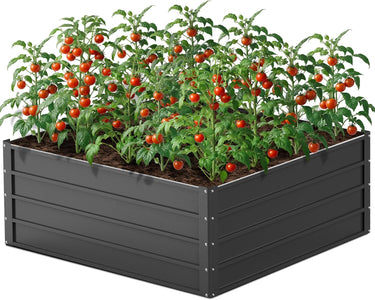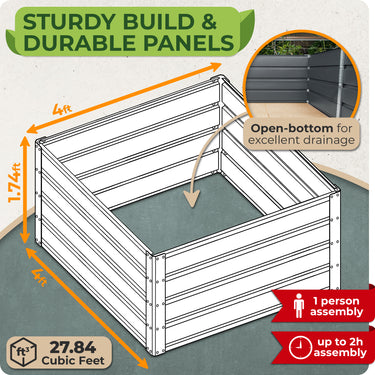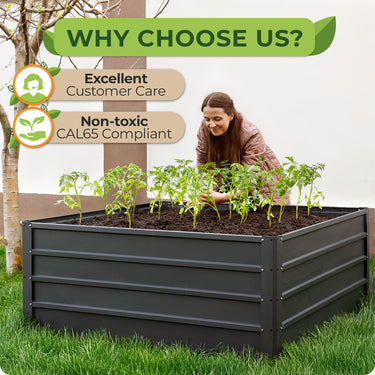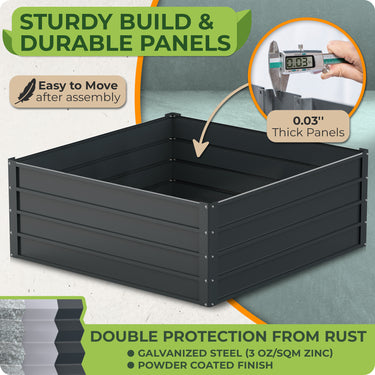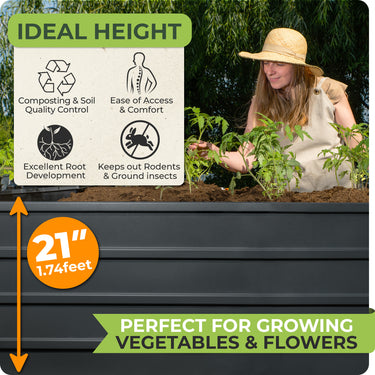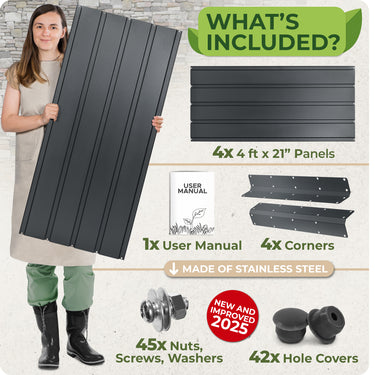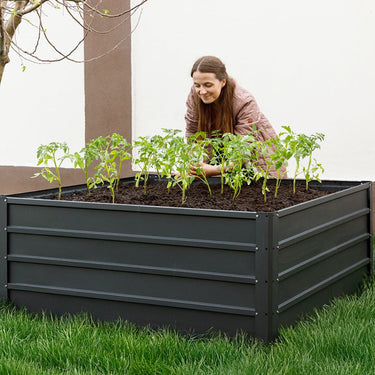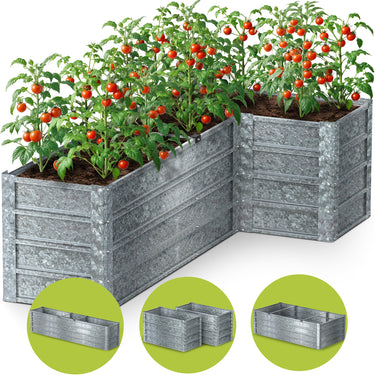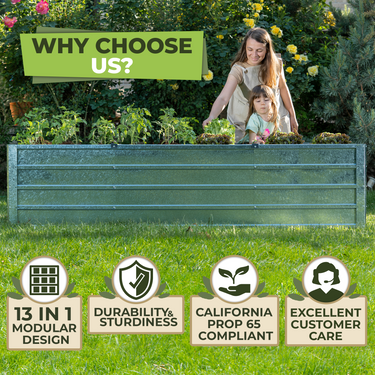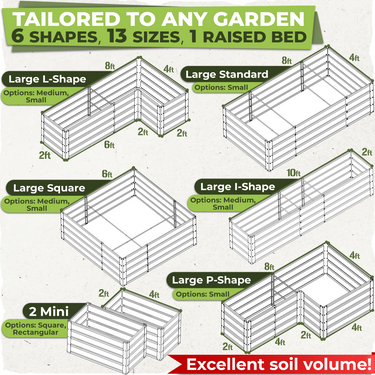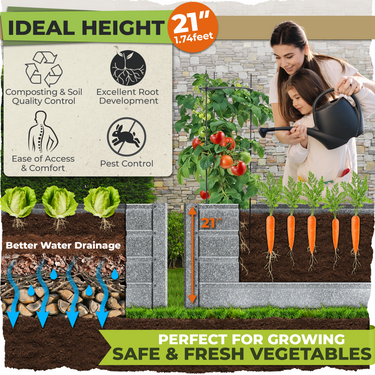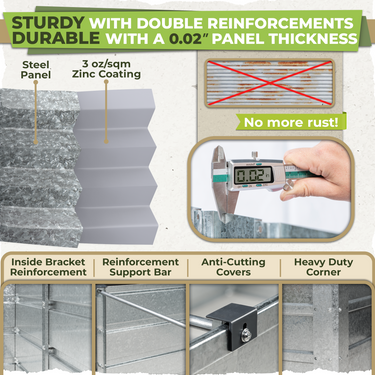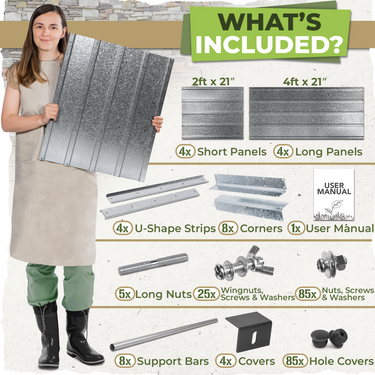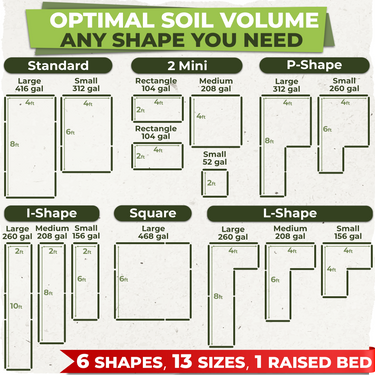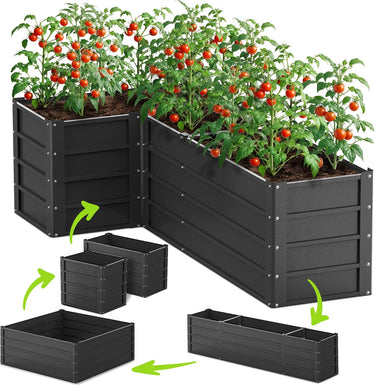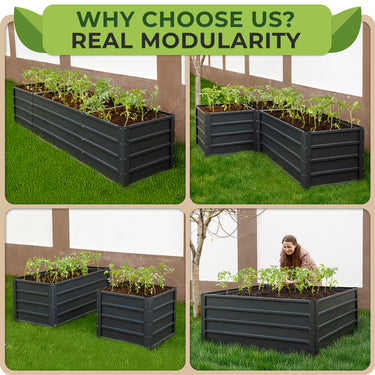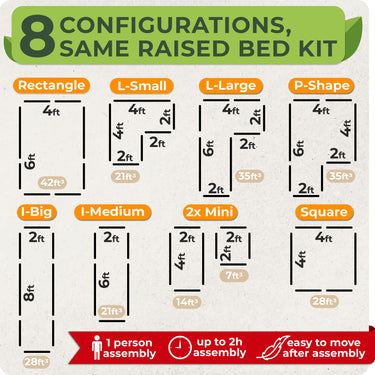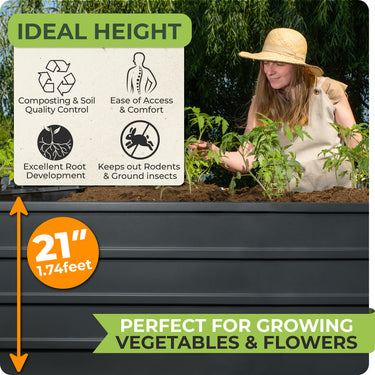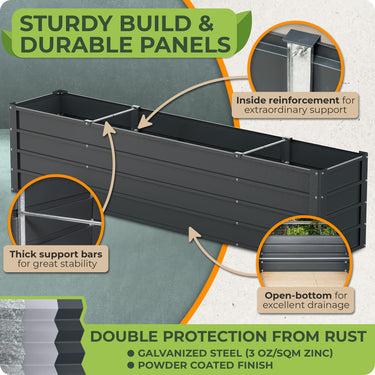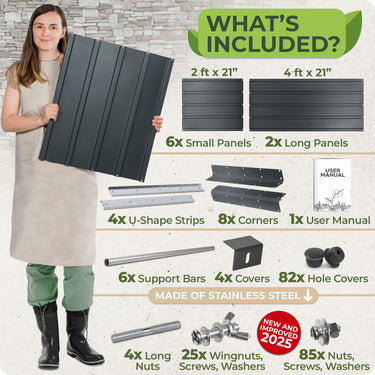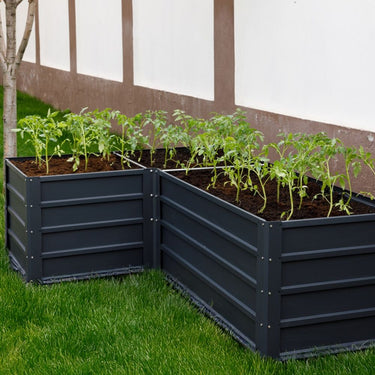
Photo by vadim kaipov on Unsplash
When selecting the perfect planter for your greenery, one of the most debated questions is whether drainage holes are essential. If you've ever wondered how crucial these small openings are, this article provides clarity, offering practical advice and actionable insights.
-
💧Learn to recognize when planters need drainage holes by observing plant health indicators such as waterlogging, root rot, and soil aeration issues.
-
🌟Combat drainage challenges using methods like pebble layers, double potting, and adjusted watering practices to support plant health without drainage holes.
-
🌱Avoid overwatering and promote healthy growth by selecting appropriate planters, monitoring soil moisture, and tailoring care to plant-specific requirements.
Table of Contents
- 🌿The Role of Drainage Holes: Why Are They Important?
- 🌱Alternatives to Drainage Holes
- 🪨Use a Layer of Pebbles
- 🌼 Double Potting Method
- 💧Controlled Watering
- 💦 Drip Irrigation
- 🌱 Raised garden beds
- 🤔Types of Plants That Demand Drainage Holes
- 💪 Best Practices for Watering Planters Without Drainage Holes
- 🤝 Common Myths About Drainage Holes Debunked
- 🔍Expert Tips for Choosing the Right Planter
🌿The Role of Drainage Holes: Why Are They Important?
🌼Preventing Root Rot
Drainage holes allow excess water to escape, preventing these dangerous conditions and keeping roots healthy and functional. Excess water in the soil creates a waterlogged environment, which disrupts the delicate balance plants need to thrive. When soil is constantly saturated, it restricts oxygen flow to the roots, a critical component for their health. Over time, this leads to root rot, a condition that can quickly spread and compromise the entire plant.
🌬️Improving Aeration
Without adequate airflow, soil can become compacted, reducing its ability to support a thriving root system. Drainage holes facilitate a natural exchange of air, preventing the buildup of harmful gases within the soil. This improved aeration benefits root development and encourages beneficial microorganisms to flourish, creating a balanced environment for the plant.
💧Simplifying the Watering Process
Managing water levels can be tricky, especially for plants with specific hydration needs. Planters with drainage holes simplify this process by naturally removing any excess water, reducing the risk of overwatering. This built-in mechanism ensures the soil retains only the moisture needed for the plant's roots while releasing the rest.
🌱Alternatives to Drainage Holes
🪨Use a Layer of Pebbles
Adding a layer of gravel or pebbles to the bottom of your pot can create a buffer for excess water. This method prevents the roots from sitting in water, reducing the risk of rot. However, it’s not foolproof and requires careful monitoring of watering levels.
🌼 Double Potting Method
Place your plant in a smaller pot with drainage holes and nestle it inside a decorative planter. This approach combines aesthetics and functionality, as the inner pot allows for proper drainage while the outer pot collects the excess water.
💧Controlled Watering
Adjusting your watering routine is another effective strategy. Using a moisture meter or simply checking the soil’s dryness can help prevent overwatering.
💦 Drip Irrigation
Drip irrigation systems are an efficient way to provide consistent moisture to your plants without relying on drainage holes. By delivering water directly to the roots, the drip irrigation method reduces the risk of waterlogging and overwatering.
🌱 Raised garden beds
A raised garden bed can be an effective alternative to drainage holes, as its elevated structure promotes natural water runoff and prevents waterlogging. By using a well-draining soil mix, such as a blend of loam, compost, and sand, the bed allows excess water to percolate through and out of the base.
🤔Types of Plants That Demand Drainage Holes
🌵Succulents and Cacti
These desert dwellers are highly sensitive to overwatering. Drainage holes are almost non-negotiable for these plants.
🌿Herbs
Most herbs, like basil and rosemary, thrive in well-draining soil. Excess water can lead to fungal diseases that stunt growth.
🌴Indoor Tropical Plants
While tropical plants like pothos and philodendrons are more tolerant, they still benefit greatly from proper drainage to avoid root issues.
💪 Best Practices for Watering Planters Without Drainage Holes
💦 Measure Water Carefully
A watering can with a narrow spout allows for better control, ensuring water is directed at the base of the plant and not wasted. This minimizes the risk of water pooling in areas where it cannot evaporate. Also, small amounts of water given at regular intervals are often more effective than large, irregular doses, preventing sudden waterlogging or dehydration.
🌡️Monitor Soil Moisture
The top inch of soil serves as a good indicator of whether watering is needed. If it feels dry to the touch, it’s time to water, while damp soil suggests the plant still has sufficient hydration. For added accuracy, using a moisture meter can provide deeper insights into the soil's condition, especially for larger pots.
🚰Tilt Planters to Remove Excess Water
In the event of overwatering, quick action can save your plant from harm. Gently tilting the planter allows excess water to escape, preventing it from pooling at the bottom and saturating the roots. This method is especially useful for pots without drainage holes, as it mimics the effect of having an escape route for water. After tilting, leave the planter in a well-ventilated area to help the soil dry out faster.
🤝 Common Myths About Drainage Holes Debunked
🌿All Plants Need Drainage Holes
Not true. Some plants, like ferns, can tolerate consistent moisture levels and thrive in pots without drainage.
💦 Drainage Holes Mean Mess
While water leaks can occur, a well-chosen tray or coaster not only prevents spills, but also adds to the planter's aesthetic.
🌊 More Holes Are Better
Not necessarily. Excessive holes can cause soil to wash out and destabilize the plant, with one or two being sufficient for proper drainage.
🔍Expert Tips for Choosing the Right Planter
🏺Material Matters
Terra-cotta pots are porous, allowing for better air and water movement, which helps prevent overwatering and is ideal for plants like succulents. Ceramic planters, while less breathable, retain moisture better, making them suitable for plants needing consistent hydration. However, the most practical way to protect your plants is by using plastic nursery pots. These lightweight and affordable pots can be placed inside the decorative planters.
🪴Size Is Key
A pot that’s too small can stifle root growth, leading to poor nutrient absorption and stunted development. Conversely, an oversized planter can hold excess soil, which retains unnecessary water and increases the risk of root rot. As a general rule, select a planter that provides 2-3 inches of space around the root ball for small plants and 3-5 inches for larger ones.
By understanding your plant’s needs and employing alternative methods, you can ensure healthy growth regardless of your planter’s design. With a little creativity and care, you can strike the perfect balance between beauty and practicality. Happy planting! 🌸










